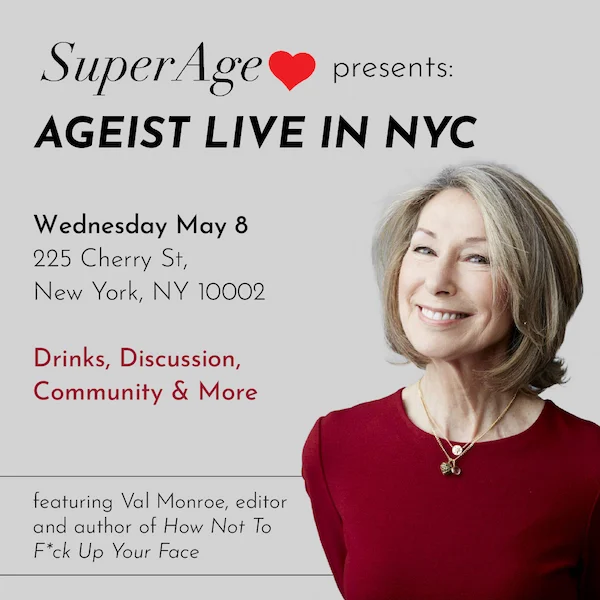It is so important as we age to continue to build muscle and keep our bone density up. Any exercise is clearly beneficial to mental and physical longevity, but some sort of program including targeted strength building is a very good idea. Squats are great for this.
Total-Body Exercise
The classic squat mimics common everyday movements, be it picking up your dog or your grandkids. It also happens to be the most bang-for-your-buck total-body exercise there is. It will target your glutes, your hamstrings, your quads and your core. If we want to be functionally robust, we need to be doing squats.
There are a number of ways to do the squat: with body weight, kettle bells, dumb bells or a weighted bar. They are all good, but for today, to keep the discussion simple, we will only discuss the weighted-bar-on-the-shoulders method.
If you have never done this, you should consult someone who knows about it before you start loading up a bar. If you do start loading up the bar, have someone to spot you. When done correctly, this is a very safe exercise, but it really needs to be done correctly.
Knee Pain
By my mid-50s I started to find that my knees would ache after I worked out. It was a deep-inside-the-knee sort of pain that I couldn’t release from stretching — one of those “Oh my gosh, I guess I am old” frightening moments.
With some research though, I found that a couple of very small changes in my form entirely corrected the issue. As we age, we need to find these small, helpful adaptations that wouldn’t have mattered at 25. So much of living well now is about staying curious and open to accommodations needed for our own situation. It didn’t suit me to stop working out or to continue with the pain, so I searched around until a solution was found.
Pain-Free Squats
The first part of my knee-pain solution was to not let the knee go forward as the body descends. The shin stays in about the same position throughout the movement. In order for that to happen, the butt needs to initiate the move and go backward as if sitting into a chair. This seems to transfer the stress from my knee joint to the big muscles in my glutes.
In order to make this move, I found that I needed to be holding the bar slightly lower on my back, rather than at the top of my shoulders. This is a bit tricky, as the initial position out of the rack tends to be on the high side, so I carefully allow it to roll a couple of inches lower onto my back. This small move makes all the difference in being able to control the weight as I descend.
As I descend, I keep my head aligned with my spine, which will cause me to be looking almost straight down at the floor at the bottom of the move. I try to get the top of my thigh parallel to the floor while keeping my chest pushed out. I take a big breath at the top of the move, lock my lower abdomen in, and then only release the breath back at the top of the finished move. This, when combined with the chest out, seems to help in protecting the low back similarly to wearing a weight belt. It is strongly recommended to ask a professional for guidance on this, to get advice specific to your own physique.
With these minor adjustments, I can again get the benefits of a heavier weighted squat, without the nagging knee pain.
Note: After a session, I will do about 15 minutes of foam rolling and a series of stretches which, although I find it annoying, is tremendously helpful with mobility. If you don’t know about foam rolling, it is worth investigating.
Here, Joanne Lee Cornish, whose amazing leg is featured above, has a very knowledgable book around weight loss and dieting that we reviewed.
Here is my age 60 workout routine.
Here is the most popular workout post we ever did: Fitness over 50



